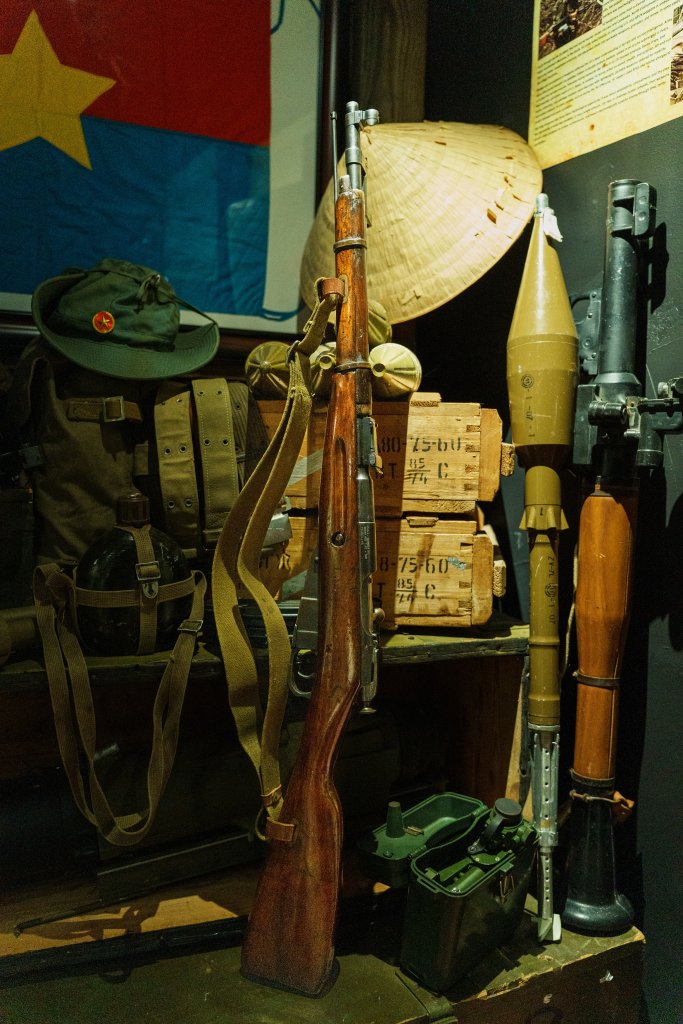Artifact Highlight: The Chinese Type 53 Carbine
In the jungles of Vietnam, before the crackle of AK-47 fire became the anthem of war, another weapon spoke in a harsher, older tongue.
September 16, 2025

 Artifact Highlight: The Type 53 Carbine
Artifact Highlight: The Type 53 Carbine
By Ryouto Kagami, Collection Assistant – Ghosts of the Battlefield
In the jungles of Vietnam, before the crackle of AK-47 fire became the anthem of war, another weapon spoke in a harsher, older tongue. The Chinese Type 53 Carbine—a rough copy of the Soviet Mosin-Nagant M44—was crude in workmanship but lethal in its purpose. Chambered in the venerable 7.62×54R cartridge, a bullet first forged under the Tsars of Imperial Russia, it carried the weight of history into the rice paddies and bamboo thickets of Southeast Asia.
To the American soldier moving down a narrow trail, the sharp, unmistakable crack of the Type 53 was both foreign and familiar. It was the sound of a bolt-action rifle, the kind their fathers might have faced in Europe and the Pacific during the last world war. Its bayonet, a vicious spike folded along the barrel, could spring forward in an instant, turning the rifle into a spear. Though its wood was rough and its lacquer sticky, the weapon’s heavy round could punch through jungle brush, sandbags, and even the flak vests issued to U.S. troops.
In the early years of the Vietnam conflict, before the AK-47 flooded the battlefield, the Type 53 was the backbone of Viet Cong and North Vietnamese arsenals. Fighters lay in wait with these rifles, striking suddenly, then vanishing back into the green wall of jungle. Time and again, the carbine proved that “obsolete” weapons were no less deadly in the hands of determined soldiers. For the Americans, the Type 53 became a symbol of the war’s strange contradictions: a 19th-century cartridge fired from a mid-20th-century bolt-action, mass-produced in Communist factories, and carried into the era of modern guerrilla war.
Many U.S. soldiers captured these carbines and smuggled them home, their battered stocks etched with jungle grime, scarred by use, and remembered as “bring-backs.” Today, they remain haunting artifacts—relics of a war where even the echoes of the past could still kill with brutal efficiency. By the time the AK-47 took center stage, the Type 53 had already carved its chapter in history: a chapter written in sweat, blood, and steel, echoing from the rice paddies to the jungle ridges of Indochina.
 Artifact Highlight: The Type 53 Carbine
Artifact Highlight: The Type 53 Carbine